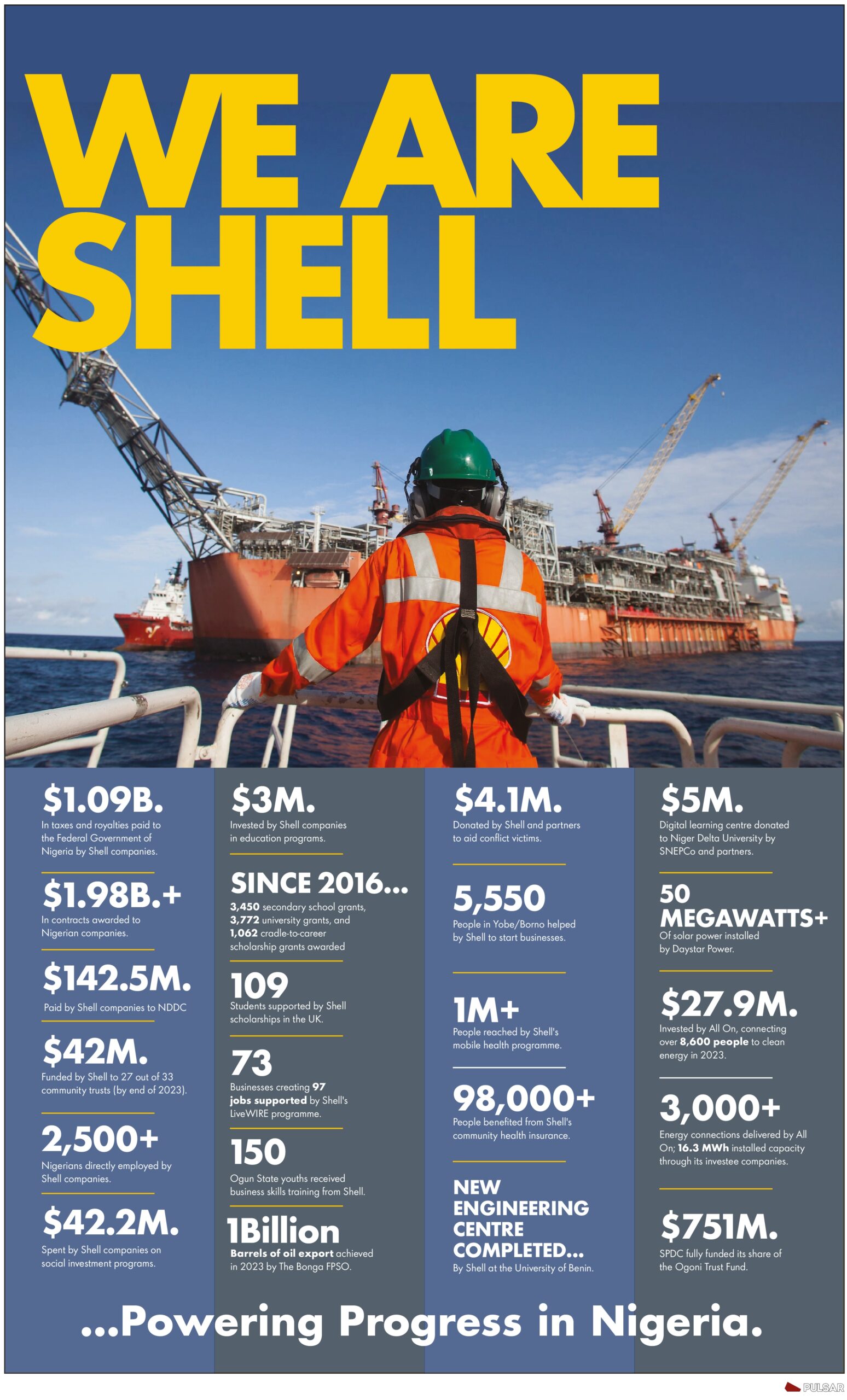Nigerian Electricity Regulatory Commission (NERC) data reveals that all distribution companies (DisCos) in Nigeria exceeded their allowed targets for Aggregate Technical, Commercial, and Collection (ATC&C) losses.
ATC&C losses include technical, commercial, and collection inefficiencies in the power distribution process, such as power theft, meter tampering, billing inaccuracies, and revenue leakages.
Urgent implementation of the 2023 Electricity Act across states is required to address these losses, including infrastructure upgrades, modernized metering systems, improved revenue collection mechanisms, and stricter measures against power theft.
The Nigerian Electricity Regulatory Commission (NERC) data for June 2023, reveals that every distribution company (DisCo) experienced Aggregate Technical, Commercial, and Collection (ATC&C) losses exceeding their permitted targets.
This indicates a concerning trend in the Nigerian electricity sector as ATC&C losses encompass a range of factors that contribute to inefficiencies in the power distribution process.
The failure to meet loss targets is also coming at a time when the sector is considering an increase in electricity tariffs brought about by macroeconomic conditions.
These losses can be attributed to technical issues, such as power theft, meter tampering, and equipment failures, and commercial challenges, such as billing inaccuracies and revenue leakages. Furthermore, collection losses arise from difficulties in retrieving payments from consumers.
According to the data, these are the losses recorded between the third and fourth quarters of 2022:
DisCo Multi-year Tariff Order ATC&C Target Q3 2022 Q4 2022
Abuja 19.27% 39.83% 44.95%
Benin 17.37% 50.34% 46.47%
Eko 14.18% 22.68% 25.35%
Enugu 11.31% 49.38% 48.39%
Ibadan 15.47% 51.97% 40.15%
Ikeja 11.37% 17.29% 18.43%
Jos 27.27% 65.24% 71.02%
Kaduna 10.65% 83.44% 74.85%
Kano 15.85% 56.48% 53.83%
Port Harcourt 21.45% 46.31% 46.29%
Yola 64.14% 73.04% 67.87%
More Insights
The NERC report stated that the cumulative DisCo ATC&C loss in 2022/Q4 was 44.15% composed of 23.84% technical and commercial losses and 26.67% in collection loss.
Thus, this level of ATC&C loss implies that throughout 2022/Q4, on average, ₦44.15 in every ₦100.00 worth of energy received by a DisCo was unrecovered due to a combination of inefficient distribution networks, energy theft, low revenue collection, and the unwillingness of customers to pay their bills.
Meanwhile, any DisCo that can outperform its allowed ATC&C (i.e., that has a lower actual ATC&C than the target used to compute its cost-reflective tariff), such a Disco will earn more returns on its set tariffs.
Conversely, any DisCo that underperforms relative to its allowed ATC&C (i.e., has a higher actual ATC&C than the target), will be unable to earn the expected returns on its set tariffs and could risk long-term financial challenges.
NERC’s findings highlight the need for urgent action to address these losses and improve the overall efficiency of the electricity distribution system.
By surpassing the allowed targets, the DisCos are failing to meet their obligations and deliver electricity services in a financially sustainable manner.
ATC&C losses are grouped into the following
Technical Loss – heat losses due to load flow in electrical lines and transformation loss in transformers.
Commercial Loss – due to discrepancy in meter reading, erroneous billing, unmetered consumption, or energy theft.
Collection Loss – unpaid bills.
The NERC report stated that the Aggregate Technical, Commercial, and Collection (ATC&C) loss is a summation of billing losses incurred by DisCos due to their inability to bill 100% of delivered energy to consumers (technical and commercial losses).
It is important to note that the collection losses arise from DisCos’ inability to collect against the invoices issued to consumers.
NERC highlighted the fact that ATC&C is a critical performance-setting parameter for tariff determination because it represents the efficient losses that DisCos are allowed to recover from customers.
What you should know:
According to the NERC report, in Q3 2022, all DisCos experienced Technical, Commercial & Collection losses of 46.42%, which decreased to 44.15% in Q4 2022. Additionally, Technical & Commercial losses were recorded at 24.31% in Q3 2022 and improved to 23.84% in Q4 2022.
Furthermore, collection losses accounted for 29.13% in Q3 2022 and decreased to 26.67% in Q4 2022.
To address this issue, DisCos must make investments in infrastructure upgrades, modernize their metering systems, and improve revenue collection methods. Moreover, implementing stricter measures to combat power theft and illegal connections is crucial for reducing technical losses.
Fortunately, the 2023 Electricity Act addresses the problem of electricity theft and recommends the imposition of jail terms for offenders.
Why this matters
ATC&C losses are critical to lower or higher electricity tariffs because they reflect the efficiency of the distribution system and the revenue collection of the utility.
ATC&C losses are the difference between the amount of electricity received by a distribution company from the transmission company and the amount of electricity for which it invoices its customers plus the loss of the adjusted collection.
The higher the ATC&C losses, the lower the revenue and the higher the tariff required to cover the cost of supply. Conversely, the lower the ATC&C losses, the higher the revenue and the lower the tariff required to maintain a reasonable return on investment.
Therefore, reducing ATC&C losses is a key strategy for improving the financial viability and sustainability of the electricity sector.

